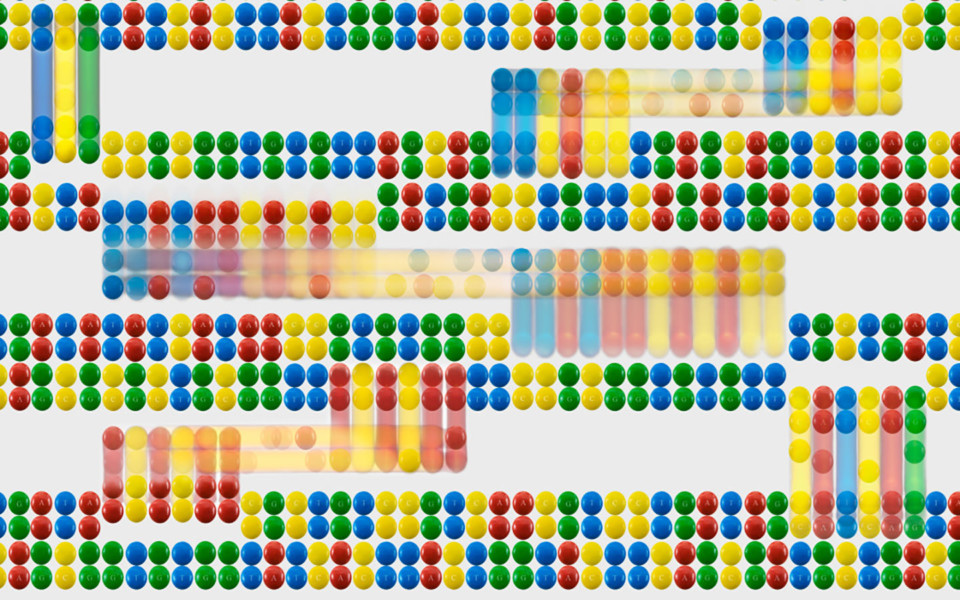Jennifer Doudna: why genome editing will change our lives
‘The technology has accelerated the pace of modern research almost exponentially, shaping the future of both medicine and agriculture’
I still remember my first encounter with DNA. We were doing a classic high-school biology experiment in which salmon sperm cells were broken apart gently to release their contents, a viscous goo that could be swirled around in a container and would stick to a glass rod. As a kid who loved chemistry, I was fascinated to learn that this goo was in fact the DNA that encodes life’s instruction manual, the chainlike chemical composed of four letters that makes up the genome with the coded information telling each cell what to do. As I studied biology I learnt that the DNA code is often read by a process that creates short throwaway copies of the genome in the form of molecules called RNA, DNA’s more versatile but less stable chemical cousin. This early interest eventually morphed into a career-long fascination with understanding just how these molecules of RNA control the use of the genetic code.
Twelve years ago, while working in my lab at the University of California at Berkeley, I heard about an unexpected way that bacteria might be storing snippets of viral DNA sequences, copying them into RNA and then using the RNAs like address labels to deliver proteins that cut up and destroy the viral genes. In numerous environmental bacteria and those used in yoghurt making, scientists had noticed unique patterns of repeated letters in the cells’ DNA: repeating sequences with short palindromic stretches (which, like the word “racecar”, read the same forwards and backwards). These repeats were sandwiched together with pieces of viral DNA between them.
Scientists refer to such arrays of spacers and repeats as a CRISPR (clustered regularly interspaced short palindromic repeats) array. The arrays work together with CRISPR-associated (Cas) proteins to form a bacterial immune system that protects microbes from viral infections. Ultimately, parts of this bacterial immune system would be harnessed as a technology for genome editing of bacteria, plants, animals — and even humans — that makes rewriting the code of life suddenly accessible to a wide range of scientists, clinicians and entrepreneurs. With collaborator Emmanuelle Charpentier and research team members Martin Jinek and Kryz Chylinski, we spent many months studying how a CRISPR-associated protein called Cas9 uses RNA guides to find and cut viral DNA, inactivating the virus. Finally, we knew the answer…


